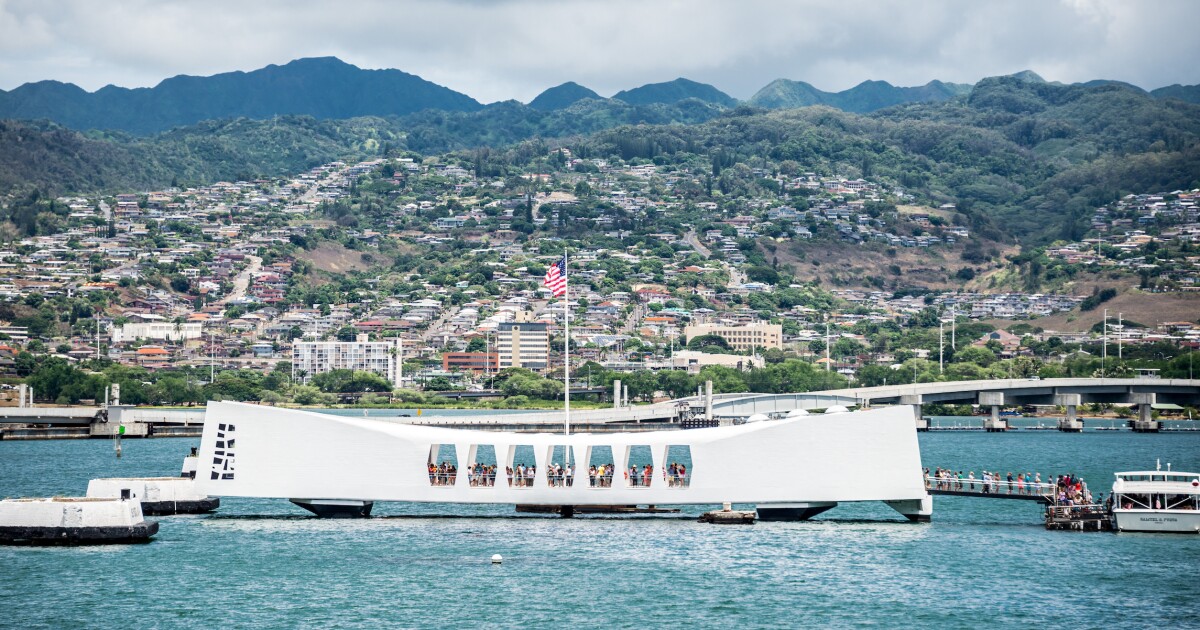

A newly released Navy investigation found that multiple errors contributed to fuel leaking into the tap water in Hawaiian homes last year.
The investigation is the first detailed insight into the Navy’s Red Hill Bulk Fuel Storage Facility, which, back in November, was discovered to be the location of a massive fuel leak that contaminated thousands of people’s drinking water at the joint Pearl Harbor-Hickam Naval and Army base. The Defense Department said in March that it would be shutting down the facility.
TOP US HOSTAGE NEGOTIATOR RETURNS FROM VENEZUELA EMPTY-HANDED
The saga began on May 6, 2021, when “operators improperly executed a fuel transfer procedure, resulting in two piping joint ruptures and a subsequent spill of Jet Propellant-5 fuel.”
Most of the nearly 21,000 gallons of fuel that spilled went into a fire suppression line and sat there until a cart rammed into it on Nov. 20, releasing 20,000 gallons of fuel into a nearby well, contaminating the water. Officials did not believe there was a problem until people reported illnesses.
Roughly 6,000 people, many of whom lived in military housing on or near the base, got sick from the water and another approximately 4,000 military families were forced to leave their homes temporarily, according to the Associated Press.
U.S. Pacific Fleet Commander Adm. Samuel Paparo said the Navy “accepts responsibility for what happened,” adding that it was the result of “multiple human errors over a period of several months,” according to the Hill.
“As members of this community, we have a solemn obligation to be good stewards of the environment and good neighbors to one another,” Paparo continued. “The contamination of the Navy water systems severely disrupted their lives, their livelihood, and their well-being and the well-being of our workforce, our families, and our communities.”
CLICK HERE TO READ MORE FROM THE WASHINGTON EXAMINER
A newly released de-fueling plan from the department said its current best-case scenario is to complete the process by the end of the 2024 calendar year.
“The December 2024 completion date is subject to contingencies, but DoD will work to mitigate any delays caused by contingencies and will inform [Hawaii’s Department of Health] and the public about any major contingencies that arise during plan implementation that may affect timelines,” the report reads. “DoD is committed to transparency in its assumptions and analyses, not only to obtain regulatory concurrence from the DOH but also to build credibility and trust with the people of Hawaii.”





